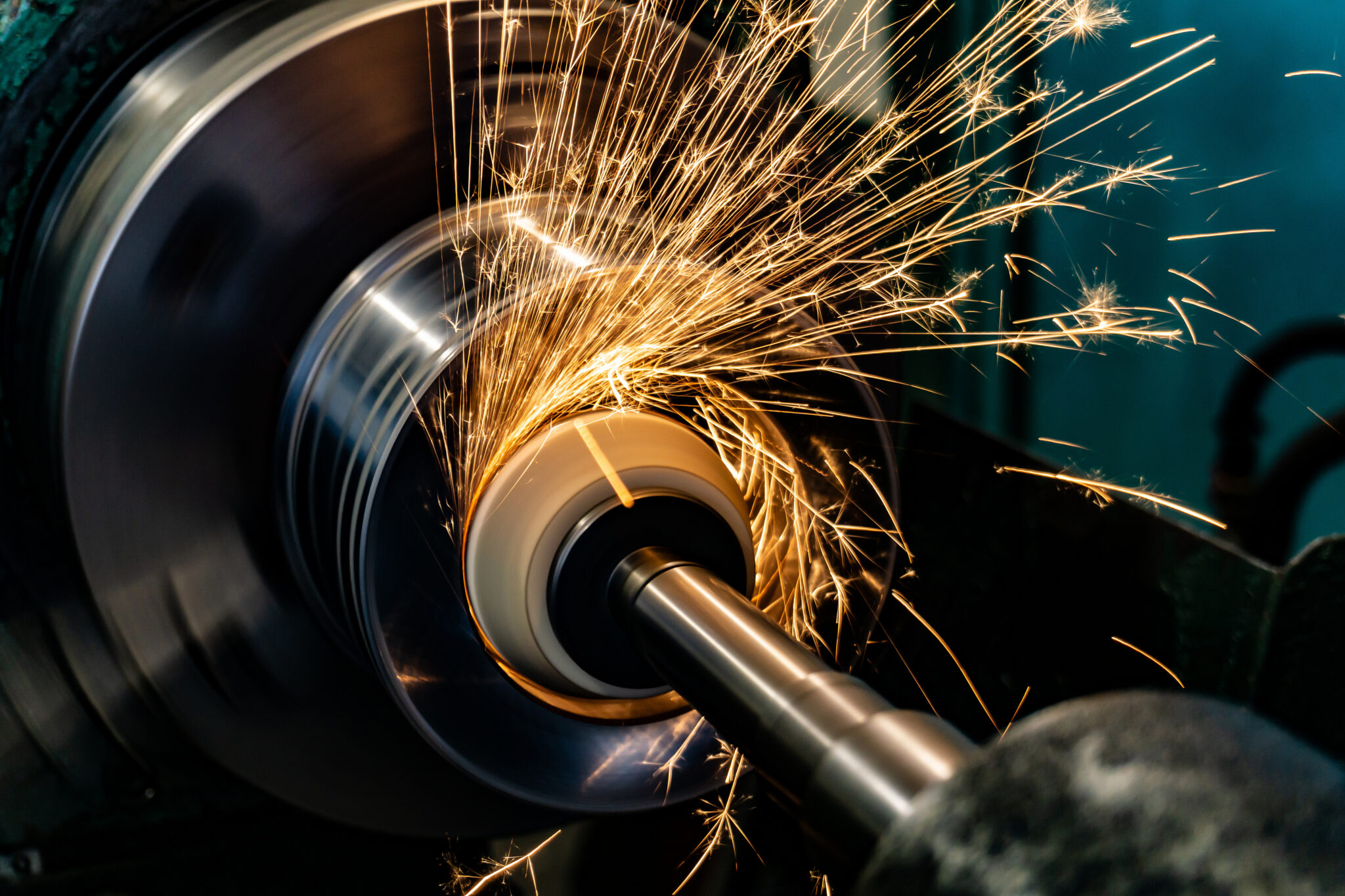Dust Collection for Metalworking
Managing dust collection in metalworking poses challenges for fabricators and manufacturers, with far-reaching implications for worker health, facility safety, and equipment performance. Whether engaged in manual metal cutting or utilizing CNC machines for high-speed plasma or laser cutting, prioritizing dust control is paramount.
Dust Collection Solutions for Metal Cutting

- Mechanical cutting: This includes shearing, sawing, or milling.
- Thermal cutting: Options include oxy-fuel or plasma cutting.
- Laser cutting: Utilizes fiber or CO2 lasers.
- Waterjet cutting: Makes use of high-pressure water, sometimes mixed with abrasives.
- Spark machining/electrical discharge machining (EDM): Employed to produce intricate shapes.
- Ultrasonic cutting: Utilizes ultrasonic vibrations to cut through materials.
By optimizing the selection and application of these metal-cutting methods, you can achieve efficient and precise results while effectively managing dust collection.
Metalworking Dust Hazards
Managing Metal Dust: Ensuring Safety and Preventing Fire and Explosions
The combustible nature of metal dust adds an additional layer of concern when managing dust collection in the metal industry. To address this challenge, both wet and dry dust collection methods are suitable. Wet dust collection involves using water to capture and suppress dust particles, while dry dust collection utilizes filters or mechanical means to capture and remove dust. Implementing an effective dust collection system is critical for worker health and safety and for preventing the risk of fire and explosions in metalworking environments.
The Hidden Dangers of Metalworking Dust: Protecting Your Health in the Workplace
Metalworking dust poses various risks in the workplace, particularly when fine particles are inhaled during cutting processes. This can lead to respiratory problems and chronic diseases in the long run. Additionally, certain metals like lead, cadmium, and chromium-containing metals can be toxic and result in a range of health issues, including metal fume fever, cancer, and neurological or reproductive effects. Contact with specific metal dusts can also cause skin irritation, allergies, or chemical burns.
The Hidden Threat: How Uncontrolled Metal Dust Can Destroy Your Equipment
Furthermore, uncontrolled metal dust can cause significant damage to equipment. Due to its conductive nature, it can wear down machinery components, reduce lifespan, and generate short circuits in electrical equipment. Dust accumulation can clog essential components such as filters and vents, impacting equipment efficiency. In the case of laser and plasma cutting, dust buildup inside CNC machines can damage optical sensors, distort the laser or plasma arc, or accelerate wear on moving parts. Dust settling on machine components or electronics can even lead to overheating.
Addressing the hazards associated with uncontrolled metal-cutting dust requires implementing proper measures to mitigate health risks and prevent equipment damage. It is crucial to have effective dust collection solutions in place.
At Sly, we offer a comprehensive range of top-quality dust collection equipment designed to safeguard metalworking processing operations from potentially combustible and hazardous dust. Our systems efficiently remove or recycle dust, promoting cleanliness and productivity. Contact Sly today, and let us tailor a dust collection system to meet the unique needs of your operations.

